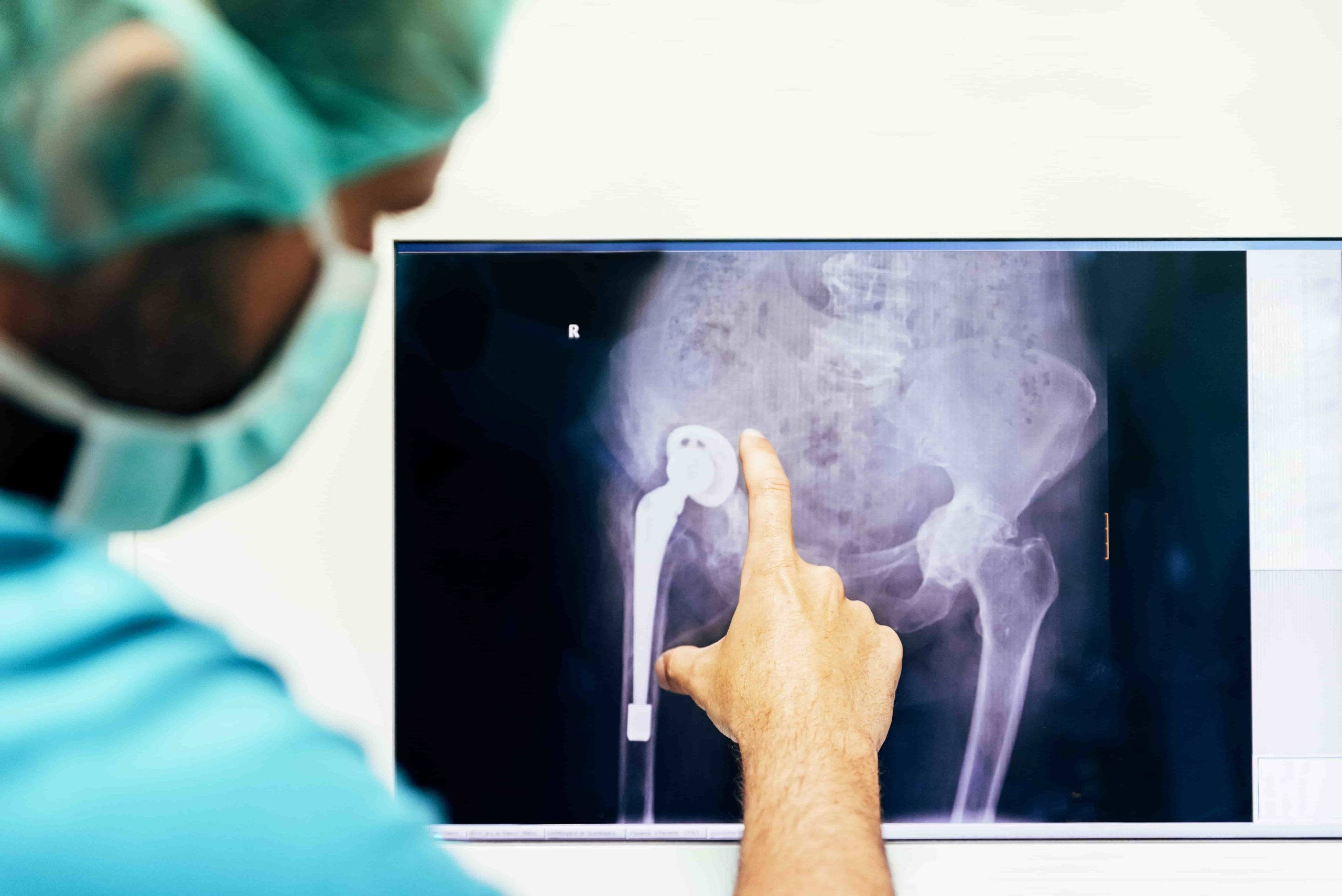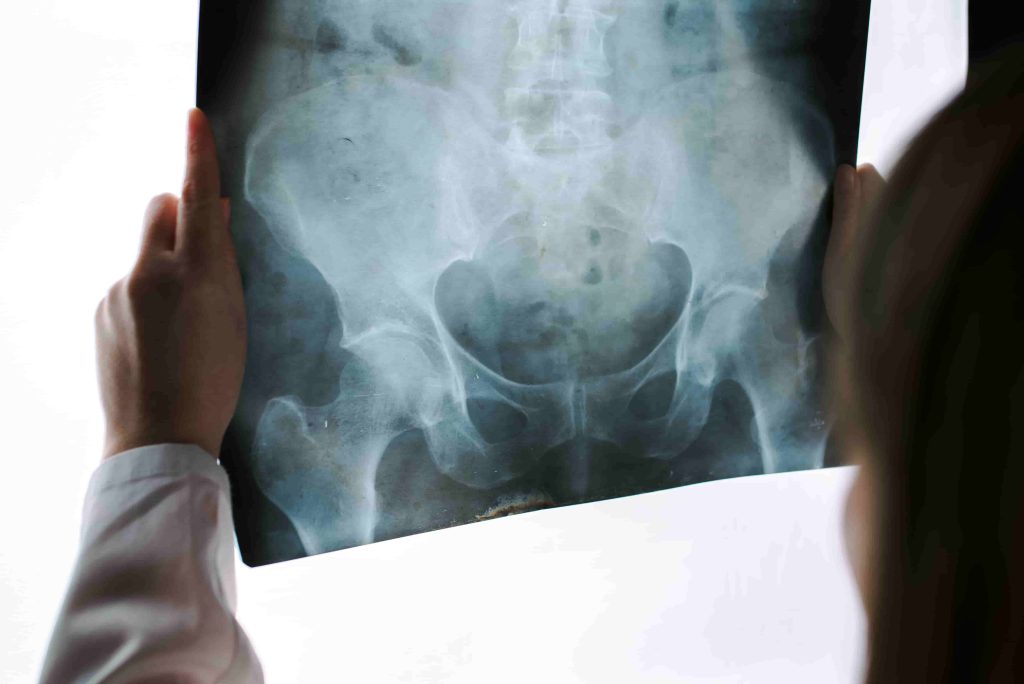Robotic Hip Replacement in Turkey

Robotic Hip Replacement is an extremely important technique in hip replacement surgeries. Therefore, robotic surgery is important for patients to receive the best treatments. You can read our content to examine the prices and their differences from traditional surgery.
What is Hip Replacement?
Hip prostheses are treatments that patients have to take due to incurable hip pain and movement restrictions.
Hip pain can often be so painful that it even makes it difficult to sleep, and may cause limitation of movement enough to prevent patients from meeting their basic needs. Therefore, they are important operations. Both the surgery and the healing process of hip prostheses can be extremely risky. This requires that hip replacement surgery should only be used as a last resort. If there is a different procedure that can provide the treatment of the hip joint, a different procedure is definitely used first. Because hip replacement surgery is a permanent and difficult operation.
What is Robotic Hip Replacement?
The state-of-the-art robotic-assisted surgical approach offers a minimally invasive treatment option for intermediate-stage osteoarthritis. During surgery, the damaged area of the hip is resurfaced, preserving the patient’s healthy bone and surrounding tissue. Using the computerized monitoring system, which continuously monitors and updates the patient’s anatomy, the surgeon can make real-time changes to the position and placement of the implant. Therefore, it minimizes the risks that the patient may experience during the surgery and makes the healing process shorter and painless.

Who Needs Hip Replacement?
Hip replacement operations are serious operations that are often preferred as a last resort. For this reason, they are not preferred if the patients have a simple pain. It is a preferred operation if the patients have the following disorders;
Calcification: Commonly known as wear-and-tear arthritis, osteoarthritis damages the slippery cartilage that covers the ends of bones and prevents joints from moving properly. This is a condition that causes pain and limited range of motion. In such cases, the use of hip replacement is usually necessary.
Rheumatoid arthritis: Caused by an overactive immune system, rheumatoid arthritis produces a type of inflammation that can erode cartilage and sometimes the underlying bone, causing damaged and deformed joints. This inflammation causes patients to experience pain and limitation of movement and often cannot be treated with antibiotics. In this case, hip replacements are considered appropriate.
Osteonecrosis: If enough blood is not supplied to the ball part of the hip joint, which could be caused, for example, by a dislocation or fracture, the bone may collapse and deform. This is a very risky condition and must be treated.
Apart from the above-mentioned disorders, hip replacement may be a suitable treatment option if patients have the following problems;
- Continuing despite painkillers
- Worse by walking, even with a cane or walker
- interferes with your sleep
- Makes dressing difficult
- Affects your ability to climb or descend stairs
- Makes it difficult to get up from a sitting position
What happens during hip replacement surgery?
During hip replacement treatment in Turkey, our doctor removes the diseased cartilage and bone and replaces them with synthetic implant materials designed to mimic the mobile hip joint. The femoral head at the top of the thighbone is removed and replaced with a stainless steel body with a ceramic ball that descends from the thighbone. The hip socket is replaced by a metal cup covered with durable polyethylene that turns into bone. Even in younger, active patients, this form of hip replacement is highly likely to last more than 20 years.

What happens during Robotic Hip Replacement?
Robotic Arm Assisted Surgery in Turkey does not replace the surgeon; instead, it allows them to offer a more personalized surgical treatment. Before surgery, each treatment can be carefully planned and a 3D model can be created according to the patient’s individual diagnosis and anatomy.
First, a CT scan of the patient’s joint is taken, which creates a 3D representation of your unique anatomy. This is then entered into the Mako program, which creates a pre-operative plan that focuses on the location of the implant and selects the best implant size to mimic the patient’s anatomy.
The surgeon can make adjustments if necessary, but having a predefined area with precise boundaries ensures accurate and reliable placement of the hip implant and gives the highest probability of successful outcome. There is increasing evidence that robotic hip replacement surgery provides significantly more accurate component positioning and, as a result, better functional outcomes for patients.
Our doctors have already completed over 1,000 robot-assisted hip cases with great results, making him a seasoned professional in the field. Future technological advances will allow for more patient-specific implants and better outcomes.
Risks of Hip Replacement Surgery
- Blood clots: After surgery, clots can form in your leg veins. This can be dangerous because a piece of a clot can break off and travel to your lungs, heart or, rarely, your brain. For this reason, you will be taking blood thinners during the surgery. In addition, these drugs will be prescribed to you after the operation. For this reason, it is important that you use the prescribed medications regularly without interruption.
- Infection: Infections can occur at your incision site and in the deeper tissue near your new hip. Most infections are treated with antibiotics, but a major infection near your denture may require surgery to remove and replace the denture. Therefore, you need to have a successful operation. It is important to receive treatment with robotic hip replacament surgery in order to both reduce the risk of infection and not experience pain caused by infection.
- Fracture: During surgery, healthy parts of your hip joint may be broken. Sometimes fractures are small enough to heal on their own, but larger fractures may need to be treated with wires, screws, and possibly a metal plate or bone graft.
- Dislocation: Some positions can cause the ball of your new joint to come out of the socket, especially in the first few months after surgery. If the hip is dislocated, your doctor may recommend that you wear a corset to keep the hip in the correct position. If your hip continues to protrude, you may have to have another surgery to treat it.
- Change in leg length: Your surgeon will take steps to prevent the problem, but sometimes a new hip will make one leg longer or shorter than the other. Sometimes this is caused by contracture of the muscles around the hip. In this case, gradually strengthening and stretching these muscles can help. You are unlikely to notice minor differences in leg length after a few months.
- Loosening: While this complication is rare with new implants, your new joint may not be fully anchored to your bone or may loosen over time, causing pain in your hip. Surgery may be needed to fix the problem.
- Nerve damage: Rarely, the nerves in the area where the implant is placed can be injured. Nerve damage can cause numbness, weakness, and pain.

What is the Difference of Robotic Hip Replacement with ?
Hip osteoarthritis is a condition in which the articular cartilage wears away, causing discomfort and loss of function. We all want to be active for as long as possible, and hip replacement is the only way to treat severely worn hips and is a life-changing treatment.
Hip replacements are generally difficult and risky operations. It also includes many of the risks listed above. For this reason, it is important to receive treatment based on robotic surgery technique. While reducing the possibility of experiencing the above-mentioned risks, it will also make the healing process short and painless.
Robotic assisted technology is also used by surgeons to provide a minimally invasive total hip replacement option. This approach allows surgeons to better prepare the hip socket for implant alignment, which reduces issues such as excessive joint wear, uneven leg length and dislocations.
We have a large number of high-performance implants available, and the correct placement of parts clearly improves results. It is difficult to re-establish correct implantation with standard procedures, even for highly skilled surgeons. The introduction of robotic assisted orthopedic technology aims to assist surgeons in achieving the best possible outcomes for each patient.
Advantages of Robotic Hip Replacement Surgery
- Thanks to the camera on the robotic arm, surgeons can see the operation area more clearly and with high precision. In this way, the success of hip replacement surgery increases. This is very important. Because the healing process of high-success treatments will be significantly easier and the patient will be able to return to his old self sooner.
- Since the robotic system makes it possible to work with more than one arm at the same time, it allows the application of techniques that are normally very complex or impossible to do. Hip repleceemnt is also a very difficult operation. For this reason, if it is performed with robotic surgery, the above-mentioned risks will be minimized.
- The robotic surgery method also has its advantages, as it can be performed through a small incision. Thanks to this method, which is called the minimal surgical method, the possibility of developing complications related to the operation area is reduced.
There is less pain and blood loss after the surgery, the recovery time is accelerated and a smaller scar is formed.
The hospital stay is greatly reduced after robotic surgery. In this way, the patient can be discharged early. - Important tissues such as nerves and vessels in the operation area that need to be protected are detected more easily thanks to the high-resolution camera on the robotic arm; The surgeon has the opportunity to examine the operating field more clearly and in depth, in a holistic way. In this way, damage to the surrounding tissues during the surgical procedure is prevented, and the possibility of complications in the postoperative period is considerably reduced.
- Thanks to high-resolution imaging, repair operations can be performed easily on small tissues and vessels that cannot be detected by the human eye and processed.
- In robotic surgery applications, better functional and cosmetic results are obtained, since more geometrically accurate and precise surgical repairs can be made.
- Since robotic arms can be disinfected more effectively than human hands and do not carry biological risks, they ensure that the surgical field is kept more sterile and safe.

Hip Replacement Success Rate of Robotic Surgery
You know that robotic hip replacement surgery for hip replacement is extremely advantageous. So how high is this success rate? Yes, it is possible to provide many advantages, but what is the effect on the success rate?
You should read the above risks first. While the rate of experiencing these risks is much higher in conventional surgery, these risk rates are lower in robotic surgery. You can find out the reason for this from the information above. What if have to give a ratio?
The risk rates that can be experienced during hip replacement are reduced by 96%. In other words, the rate of patients experiencing a complication is at most 4%. This is an extremely high one-to-one ratio. It will affect both the successful surgery and the healing process of the patients in a positive way. Another important aspect of patients receiving the best treatments is that they prefer robotic surgery and receive treatment from doctors who are experienced in giving treatment with robotic surgery. Therefore, patients can easily find these techniques in Turkey, which they cannot find in many countries.
Is Robotic Surgery More Expensive Than Traditional Hip Replacement?
First of all, you should know the prices of hip replacement surgeries in many countries. You can also check this in the table below. You should keep in mind that the treatment costs in this table apply to conventional procedures. However, thanks to the extremely high exchange rate in Turkey, hip replacement surgery will be extremely cost-effective like any other treatment. If we need to look at the price difference between robotic surgery and traditional surgery, getting treatment with robotic surgery in Turkey is much more affordable than traditional prices in other countries. For this reason, it will be much more cost-effective to get treatment by reducing all risks to 4% in Turkey instead of having hip replacement with traditional surgery in many countries.

Hip Replacement Prices
| Countries | Prices |
| UK | 15.500€ |
| Germany | 20.500€ |
| Poland | 8.000€ |
| India | 4.000€ |
| Croatia | 10.000€ |









